But all our ( Human) facts are apparent from our observations.Date: 5/3/2006 12:01:40 PM
Author: adamasgem
Well done aljdewey...Date: 5/3/2006 1:15:55 AM
Author: aljdewey
.
Facts are very different from observations. Facts are not subject to interpretation; they do not change. Examples of fact:...
These are facts......statements that do not change regardless of who views them. They are not subjective in any way. They are interpretation-proof.
As per the highlighted statement above, it sounds as though you are presenting your observations as facts, and I think that''s where the scientific-ness falls down.
And sometimes there is too difficult to separate FACTS from OBSERVATIONS or RULES( KNOWLAGE)

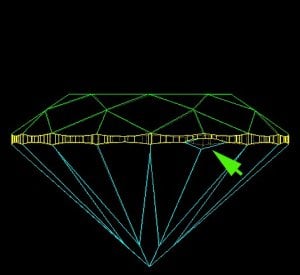
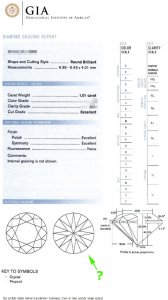
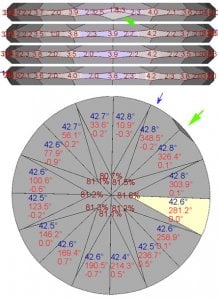
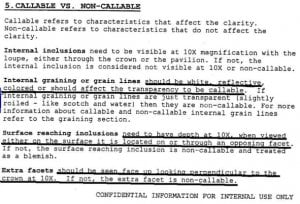

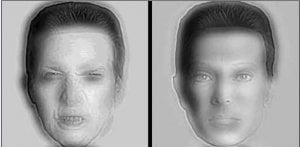



300x240.png)